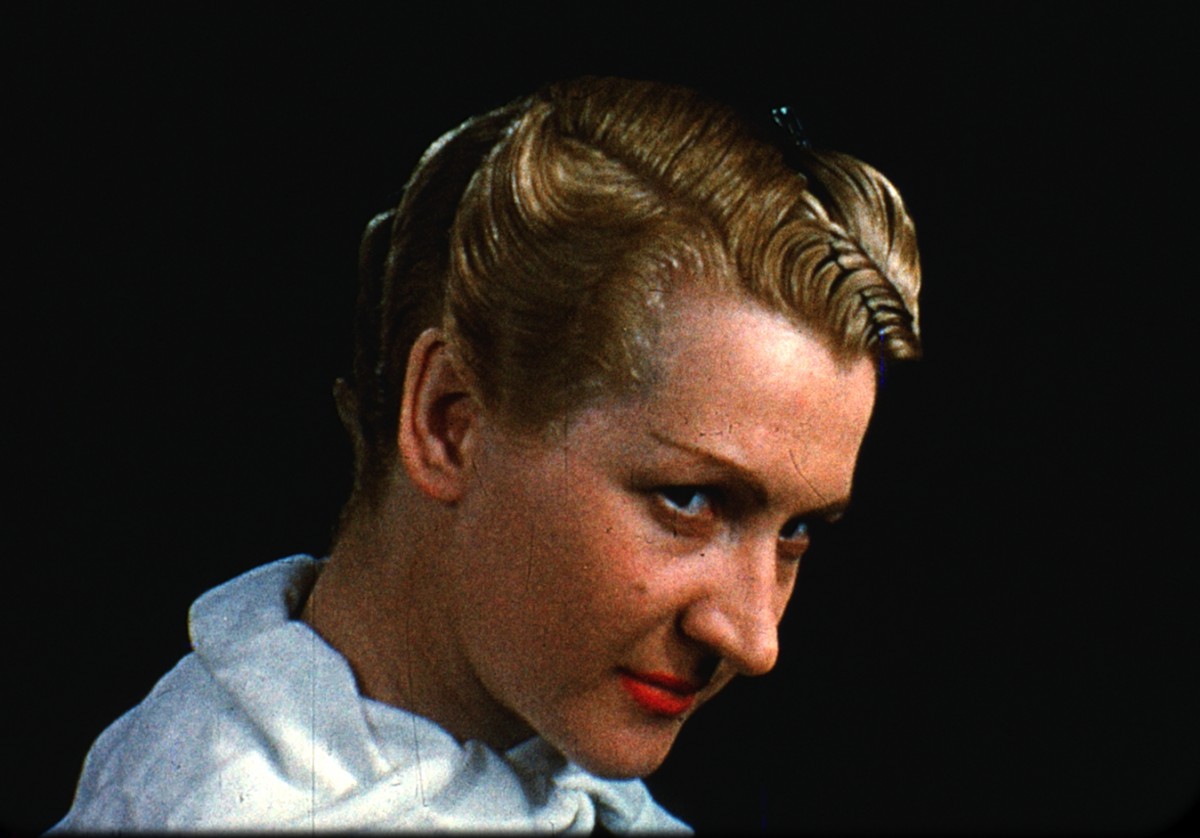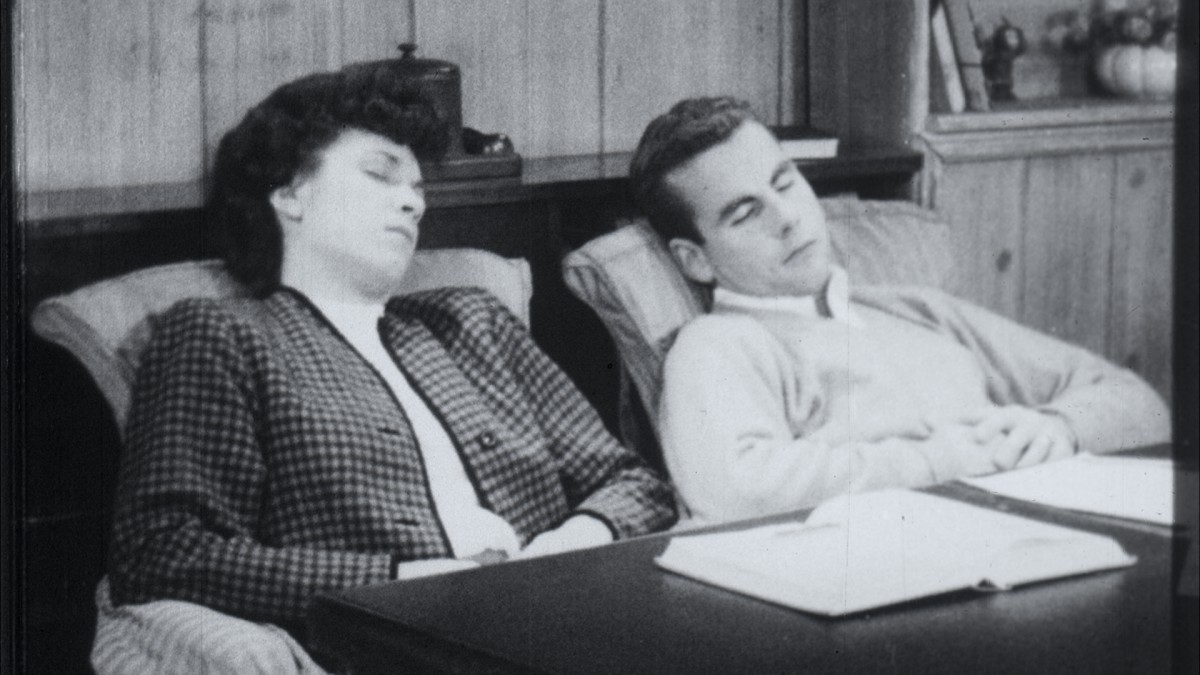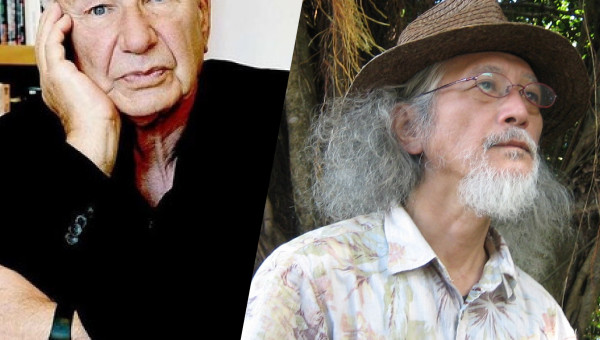Master Director Kazuo Hara guest at TIDF 2018 Panorama section features outstanding international documentary
The Taiwan International Documentary Festival, TIDF, will be held from 4 May to 13 May 2018. TIDF is celebrating its 20th anniversary with a record number of 170 films from 35 countries to be presented in three competitions and nine program sections. One of TIDF’s highlights is the Panorama section, which offers a selection of the most outstanding new documentaries shown at international festivals. This year’s Panorama screens 15 films from Chile, Guinea Bissau, Israel, Japan, and the US.
TIDF will show new works by two of the most eminent Japanese filmmakers, Go Takahime and Kazuo Hara. After a hiatus of 18 years, Okinawa’s most important director Go Takahime brought out his much anticipated new work Hengyoro, an unconventional, complicated film meandering around memory, documentary, fantasy and fairy tale. In contrast, Kazuo Hara’s new film Sennan Asbestos Disaster very realistically documents the victims of an environmental pollution scandal. Kazuo Hara will attend TIDF and share his experiences on making this film, which took him ten years to complete. In addition, TIDF will hold a special screening of Kazuo’s classical 1987 masterpiece The Emperor's Naked Army Marches On, a shocking film on Japan's cruel campaign in New Guinea in the Second World War.
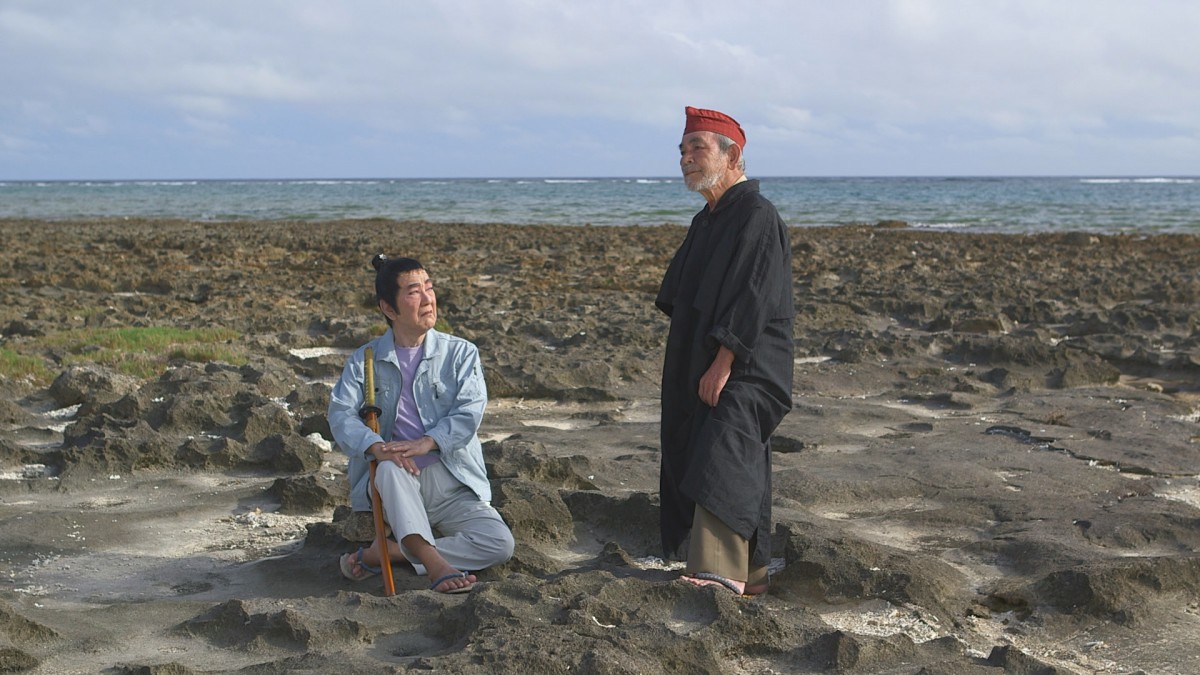
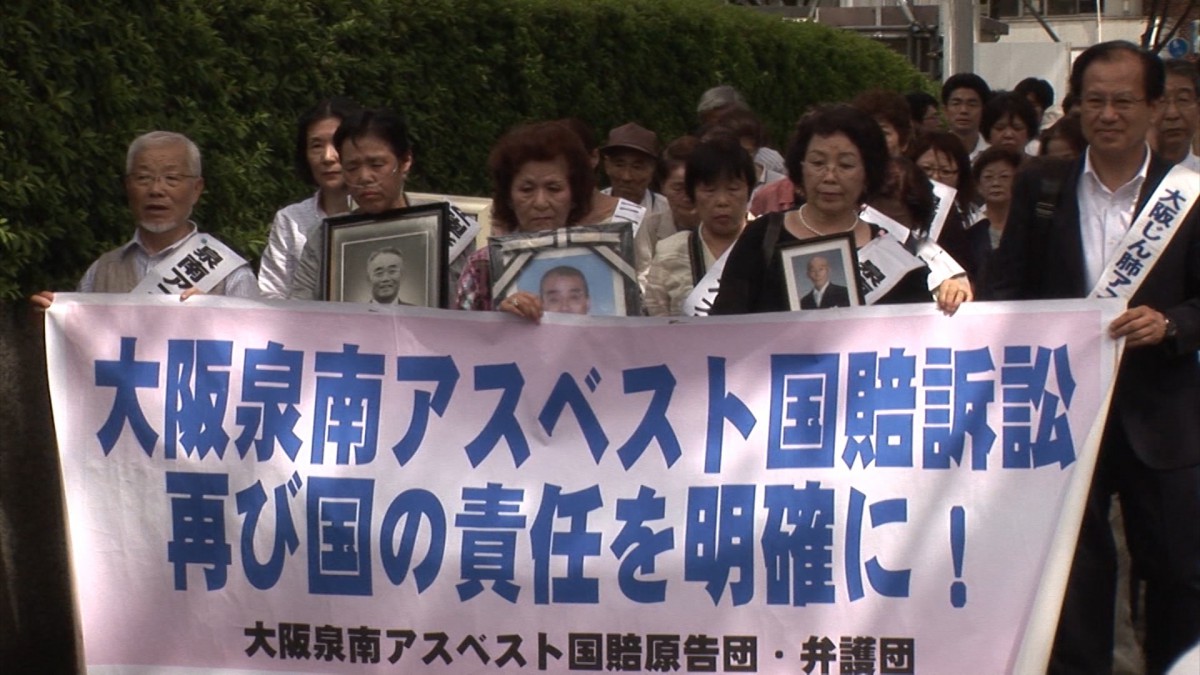
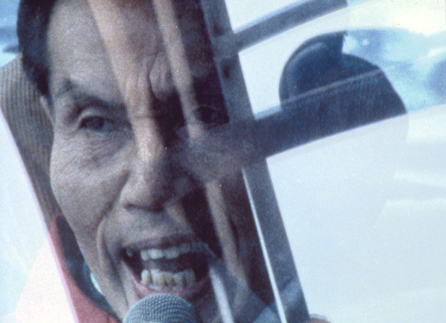
Sennan Asbestos Disaster, The Emperor's Naked Army Marches On
One common feature of this year’s Panorama is that many directors are “revisiting the past”. Using archival footage, revisiting places and citing their own work from decades ago, dealing with individual, political, or cinematic history, the past and the collective loss of memory are pervading many films. Thus, Israeli director Amos Gitai, Director in Focus at TIDF 2004, revisited the Israel-Palestinian border zone for his new film West of the Jordan River. 35 years ago, Gitai shot his controversial Field Diary (1982), for which he was forced to leave Israel. With his new film, he tries to shed new light on the complicated reality of the Middle East conflict.
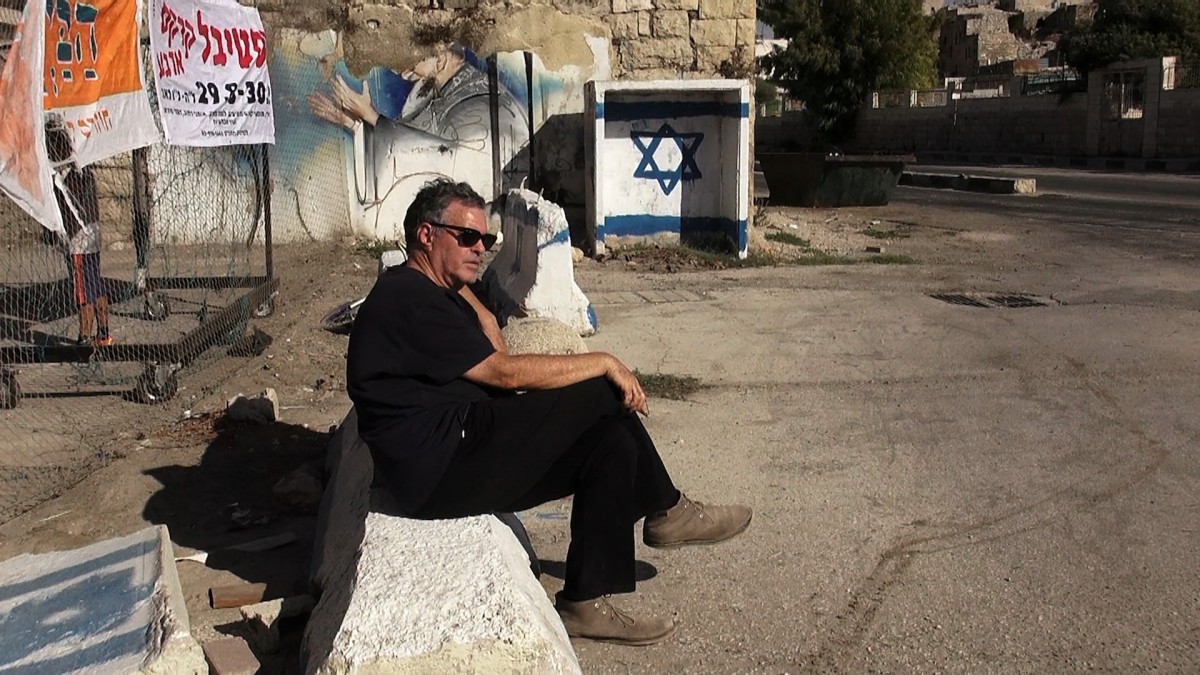
US-director Travis Wilkerson tackles deeply entrenched racial violence in his new film Did You Wonder Who Fired the Gun? Taking a racial hate crime that occurred in his own family’s history as point of departure, Wilkerson points out how individual crimes relate to the collective loss of memory in American history.
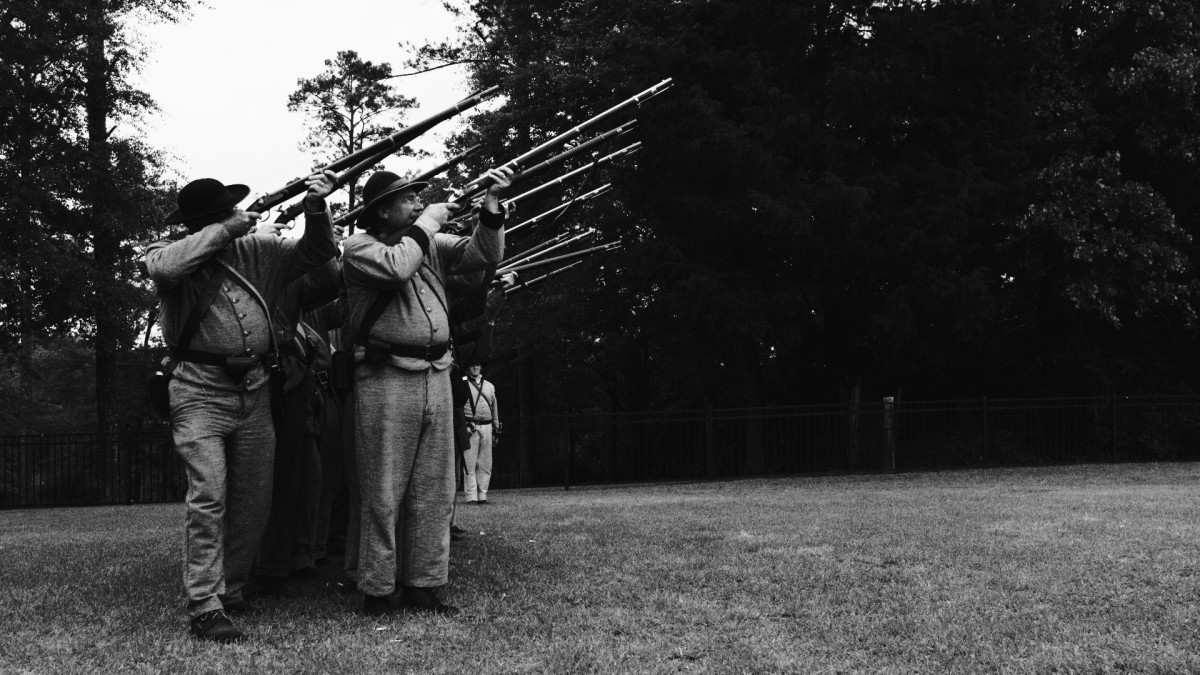
Did You Wonder Who Fired the Gun?
Directors Ignacio Agüero (Chile) and Filipa César (Portugal) make extensive use of archival footage to construct multi-layered narrations of nations’ political and cinematic histories. While Agüero’s This Is the Way I Like it II is a remake of his own film he did 30 years ago, César’s Spell Reel on the former Portuguese colony Guinea Bissau originates from a digitization project of historical 16-mm film footage that was at risk of disappearing. By combining archival footage with recent images, she assembles a montage of memories that witnesses the birth of this African nation and its cinema.
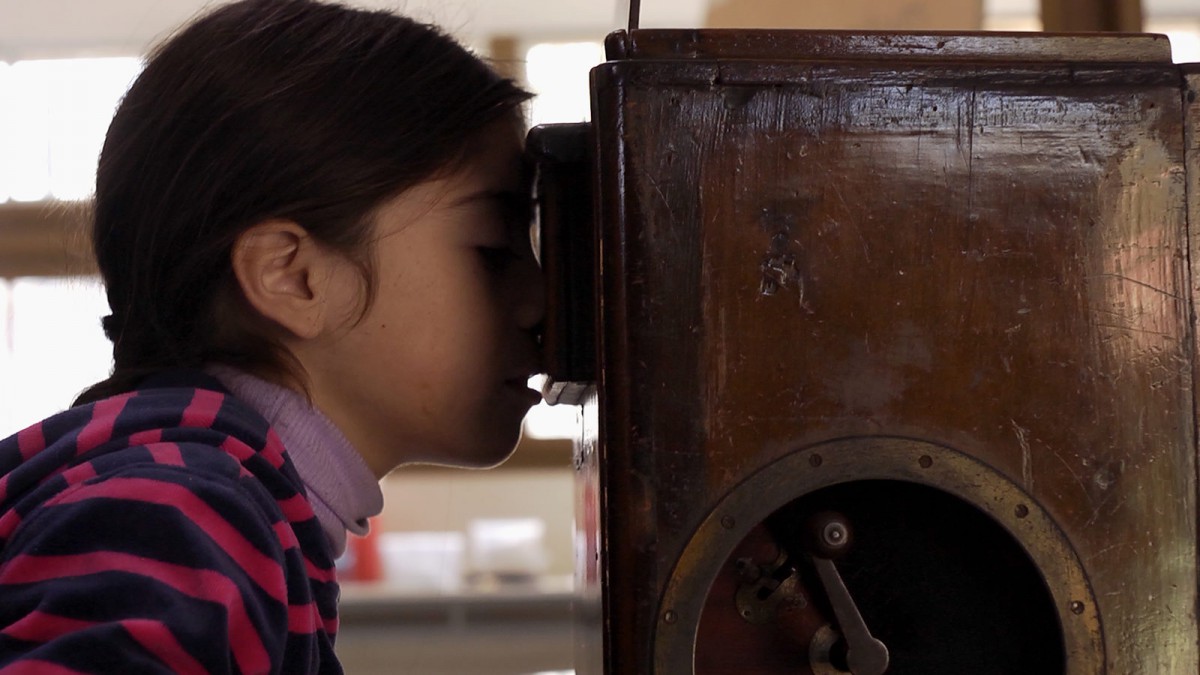
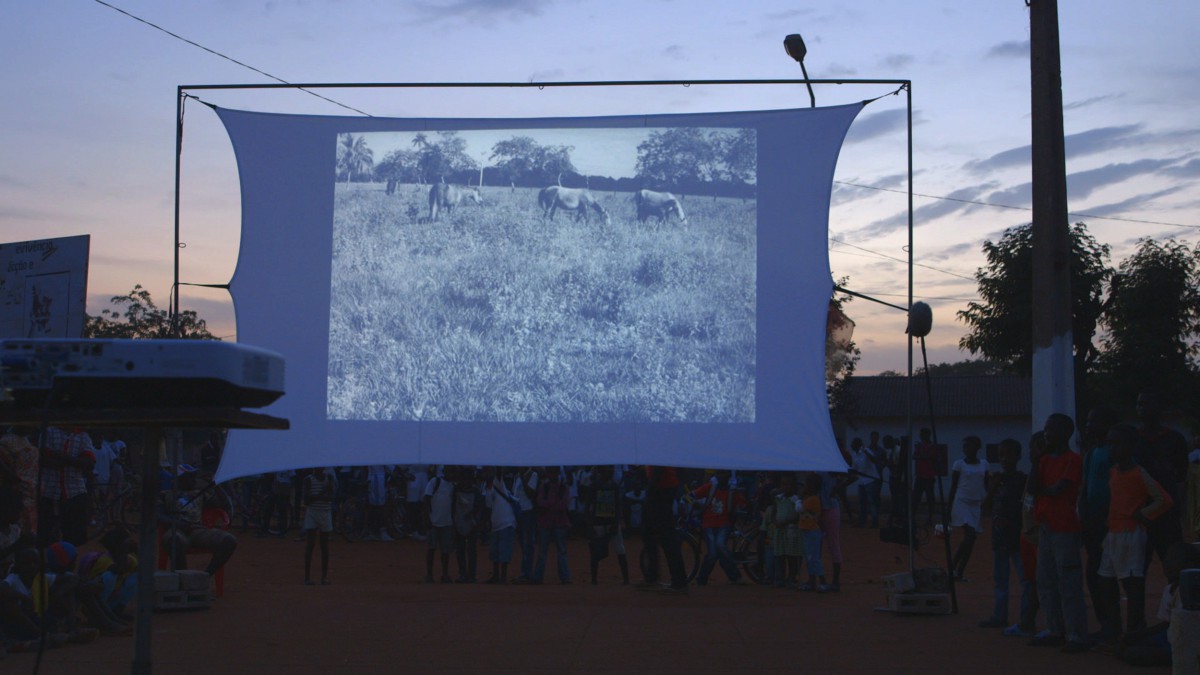
This Is the Way I Like it II, Spell Reel
TIDF 2018 also presents two new experimental short films by Jay Rosenblatt, who was a jury member of TIDF 2014 International Competition, is famous for his collage-style short-films that heavily rely on archival materials. The Kodachrome Elegies is a short film essay on the passing of time and life by sketching the by-gone epoch of 50s and 60s in America. When You Awake explores the mysterious process of hypnotization that plunges the viewer into the unseen depths of the unconscious.
